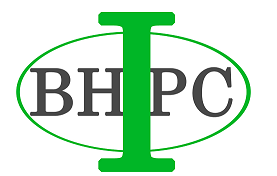Constance van Eeghen, Benjamin Littenberg, Melissa D. Holman, and Rodger Kessler
J Am Board Fam Med May-June 2016; 29:385-393; doi:10.3122/jabfm.2016.03.
Background: Primary care offices are integrating behavioral health (BH) clinicians into their practices. Implementing such a change is complex, difficult, and time consuming. Lean workflow analysis may be an efficient, effective, and acceptable method for use during integration. The objectives of this study were to observe BH integration into primary care and to measure its impact.
Methods: This was a prospective, mixed-methods case study in a primary care practice that served 8,426 patients over a 17-month period, with 652 patients referred to BH services. Secondary measures included primary care visits resulting in BH referrals, referrals resulting in scheduled appointments, time from referral to the scheduled appointment, and time from the referral to the first visit. Providers and staff were surveyed on the Lean method.
Results: Referrals increased from 23 to 37 per 1000 visits (P < .001). Referrals resulted in more scheduled (60% to 74%; P < .001) and arrived visits (44% to 53%; P = .025). Time from referral to the first scheduled visit decreased (hazard ratio, 1.60; 95% confidence interval, 1.37–1.88) as did time to first arrived visit (hazard ratio, 1.36; 95% confidence interval, 1.14–1.62). Survey responses and comments were positive.
Conclusions: This pilot integration of BH showed significant improvements in treatment initiation and other measures. Strengths of Lean analysis included workflow improvement, system perspective, and project success. Further evaluation is indicated.

No comments:
Post a Comment